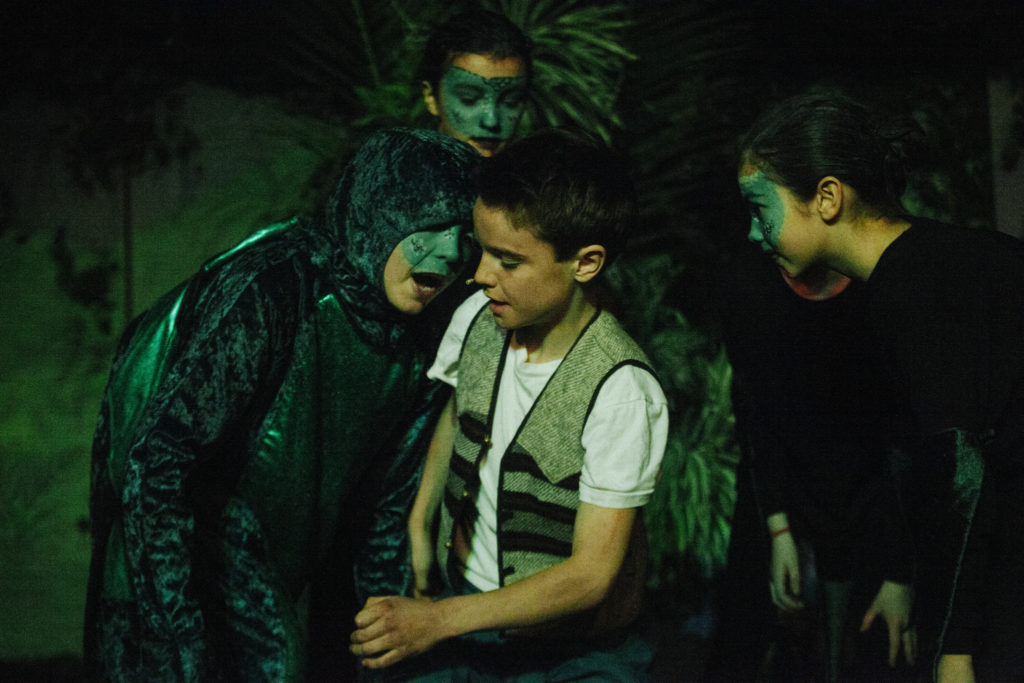
I go into classrooms when requested and teach model lessons to the students. Teachers observe the lesson while I use brain-compatible strategies to provide instruction on a concept that the teacher is teaching. During one lesson in an American History class, I was asked to teach some vocabulary words that students will need to comprehend prior to their lesson labor unions. I could have lectured the students on the vocabulary words, but not only would that have bored the students, the person growing the most dendrites during that lesson would have been me! After all, the person doing the most work is growing the most brain cells.
I decided to put the vocabulary words and definitions on cards. I divided the class into groups, or families, of four and gave each group one vocabulary word. Students were given an assignment to create a role play defining the word in a way that students would never forget it! The words included strike, Marxism, lockout, boycott, and so on. My favorite role play involved the word lockout. One person in the family locked the remaining members outside of the classroom door and refused to let them back in the room until the demands of the company were met. The family members beat on the door making statements like, “I need this job. I have a family to feed!” or “You can’t do this! It is so unfair!” I’m pretty sure that when the time comes for the test, most, if not all, students will recall the definition because of the time-tested strategy of role play!
What The Research Says
When students are engaged in drama, specific areas of the cerebrum focus on acquiring spoken language while calling on the emotional control center of the brain known as the limbic system (Sousa & Pilecki, 2013).
Role play motivates students to participate, enhances the enthusiasm and recall of information, and stores that information in the body as well as the brain (Jensen, 2007).
Test scores for classes where students were involved in mini-dramas or vignettes were significantly higher than scores in three additional classes taught next door with traditional methods (Allen, 2008).
Make It Happen
- Have students develop and participate in a simulated economic system for the classroom where they are asked to design their own classroom currency and create a system for using the currency to buy and sell goods and services for the classroom (Tate, 2012).
- To more clearly understand the steps in a multistep word problem, have students take turns getting up and acting out each step of the word problem. This role play will work with a large majority of math problems and can go a long way in helping students who need a visual depiction of the problem.
- Have students participate in Reader’s Theater by dramatizing a story previously read. Assign parts to members of the class and have them act out their respective parts. This role play goes a long way toward improving comprehension of narrative text. I had a group of eighth-graders do a role play of one scene from The Outsiders. They did a wonderful job and made the text so much more memorable!
For more examples of instructional activities that engage students using role plays, drama, pantomimes, and charades consult the 3rd edition of my best-selling book, Worksheets Don’t Grow Dendrites.